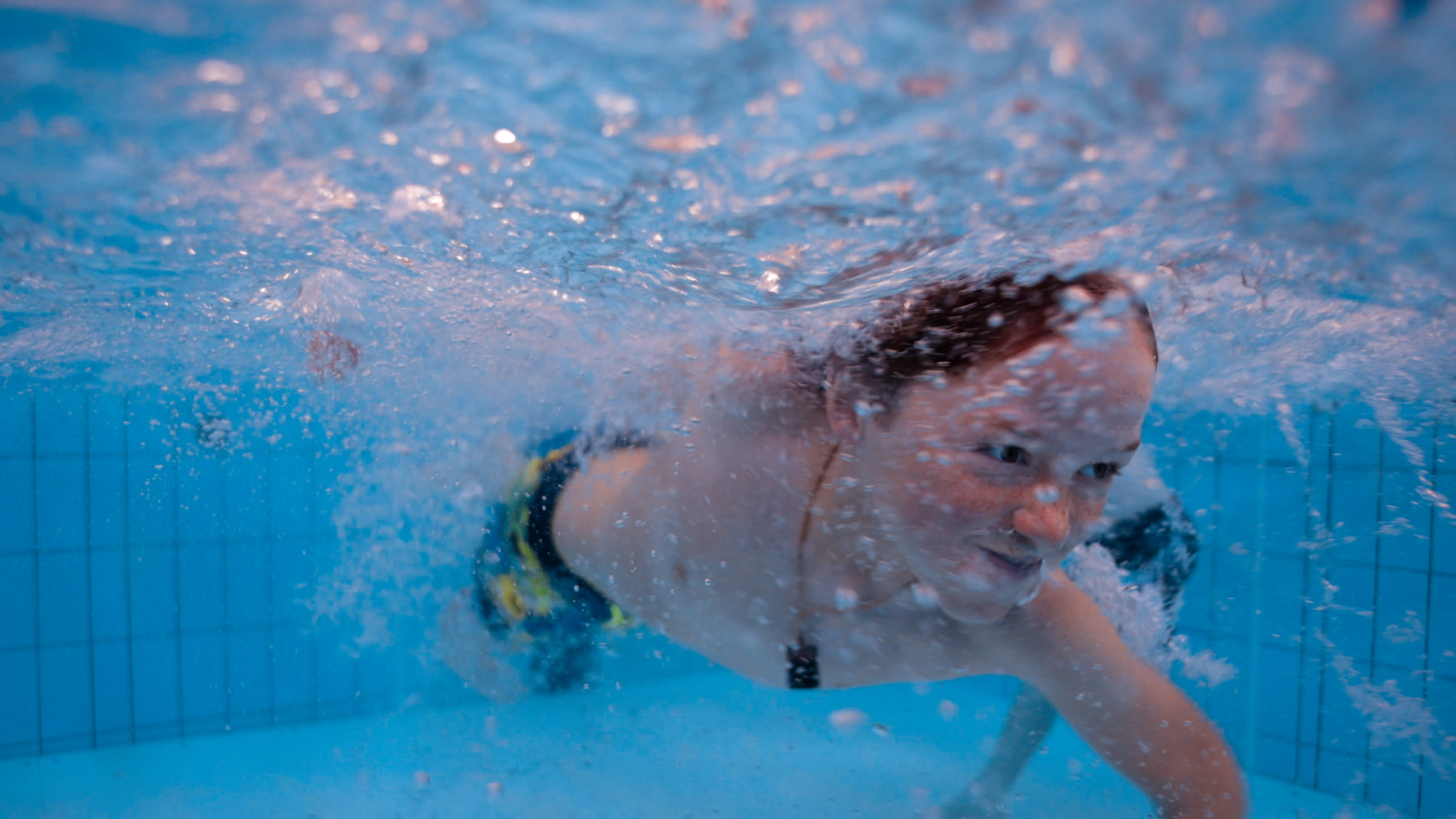Water Safety New Zealand is pushing boundaries with a new research initiative led by Dr Chanel Meads (nee Phillips). Aimed at understanding the root causes of drowning fatalities at high-risk locations like Papanui Point in the Waikato. Instead of focusing solely on broad safety messaging, the project seeks to uncover specific factors that make certain areas more dangerous.
Papanui Point: A Snapshot of Dangers
Papanui Point, a one-hour drive from Hamilton, has recorded 17 drowning fatalities over the past 35 years. For the last 10 years, an average of at least one fatal drownings happens every year, with the majority of victims being male (94%) and aged between 35-44 years.
Land-based fishing accounts for 88% of the drownings, highlighting how hazardous this activity is in the area. Many of these incidents occurred during rough weather conditions, with high swells (often over 2 meters) and strong winds frequently present. In spite of known dangers, none of the victims were wearing lifejackets, and many were hindered by inappropriate clothing and footwear, which made it difficult to stay afloat once they entered the water.
Ethnicity data reveals that more than half of the victims (53%) were of Asian descent, with a notable number of Filipino fishers involved. Furthermore, 94% of the victims were not fishing alone, indicating that having companions nearby did not necessarily provide a safety net. The findings also show that most of the victims were familiar with the location, leading researchers to speculate that overconfidence might contribute to risky behaviour in these dangerous conditions.
Key risk factors at Papanui Point
- Hazardous weather conditions: Rough seas and high swells frequently coincide with incidents, making it difficult for fishers to navigate or escape trouble.
- Inadequate safety equipment: None of the victims wore lifejackets, a critical factor in their inability to stay afloat until help arrived.
- Inappropriate clothing: Heavy clothing, such as gumboots and thick jackets, made it harder for individuals to survive immersion incidents.
- Cultural and ethnic factors: A significant portion of the victims came from Asian communities, particularly the Filipino fishing community. Understanding cultural motivations and habits is key to developing targeted safety messages.
- Vandalism of safety equipment: In some cases, vandalized emergency equipment hindered rescue efforts, exacerbating the dangers at the site.
- Overconfidence in experience: Many victims were experienced fishers, leading researchers to suspect that familiarity with the location may foster complacency about safety measures.
The next phase: Blackspot analysis and collaborative solutions
This research is the initial phase of a wider "Blackspot" analysis. The findings from this phase, along with engagement with tangata whenua, land managers, the Department ofConservation (DoC), and regional and local councils, provide key insights into the access, utilisation, and future aspirations for high-risk locations like Papanui Point.
Once this exploratory work is complete, workshops with key agencies will generate options to mitigate the identified risks. Prioritised recommendations will then be provided back to tangata whenua, land managers, DoC, and councils to consider what best serves the needs of users, as well as those managing risk in New Zealand’s riskiest locations.
Reflecting on the need for a deeper understanding of the challenges posed by these high-risk locations, Water Safety’s Chief Executive Daniel Gerrard emphasises: “Too often, well-meaning, solution-ready ideas are rushed into a process without really understanding the challenges and the nuances of a location.”
Although Water Safety New Zealand leads this initial exploration phase, the wider water safety community’s input will be essential as the project progresses toward identifying solutions and implementing safety measures.
By tackling localised risks and designing tailored safety interventions, this initiative aims to prevent further tragedies at high-risk spots like Papanui Point, marking a pivotal step in Water Safety New Zealand's approach to reducing drowning fatalities and water related injury nationwide.
* Research is being undertaken by Dr Chanel Meads (nee Phillips) l (Ngāti Hine, Ngāpuhi), a University of Otago specialist in Māori water safety.






